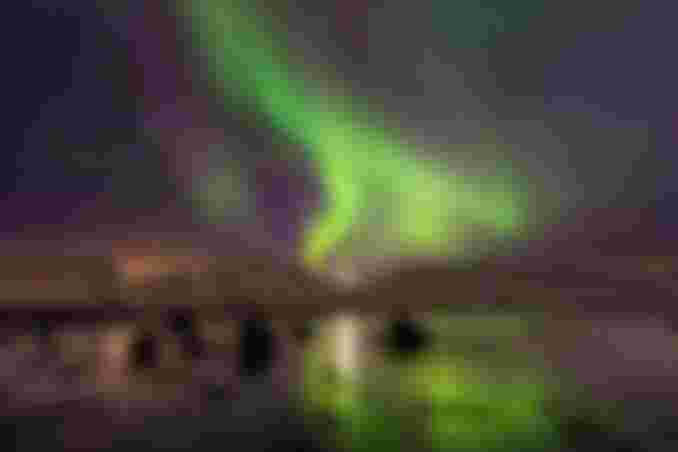Solstice comes from two latin words: 'Sol' meaning SUN and 'Stice' meaning STILL or STOPPED. Combining the two words means the Sun Stand still. Solstices are used to describe two of the days a year when the sun is still for a brief moment in the sky. Solstices occur once in June and once in December.
June or Summer Solstice is the time of the year when the sun is farthest north in the sky. On this day, most places north of the equator experience the day with the longest hours of daylength, and places south of the equator, the shortest. Places even further north, in the Arctic circle such as in: Alaska, Canada, Russia, China, etc... The sun won't set for a whole day and there will be complete twenty-four hours of sunlight. This is called 'MID-NIGT SUN' or 'POLAR DAY.'

Opposite effect will occur in places south and for places in the Antarctic circle, the sun won't rise and there will be twenty-four complete hours of total darkness. This is called 'POLAR NIGHT.'

For most places north of the equator. i.e places in and around the Tropic of Cancer, summer begins on this day and vice versa for places in and around the Tropic of Capricorn.
June Solstice occurs generally on June 21. But can occur anywhere from June 19 to June 23 depending on when the sun reaches it's peak point in the sky (The Tropic of Cancer around 23.5°N). The difference between the official summer start date between the easternmost part of this Earth and the westernmost part is 24-hours. Meaning if summer starts on June 21 in the east, it will begin on June 22 in the west. The date varies and it depends largely on your time zone and sparsely does it depend on your latitudinal location on the Earth surface.

While it is the astronomical beginning of summer in most places in the north, it is mid-summer in the Arctic circle and mid-winter in the Antarctic circle due to the Polar regions having just two seasons: Summer and Winter. Most places except the polar regions have four distinct seasons: Spring (North: March 21 - June 20, South: September 22/23 - December 21), Summer (North: June 21 - September 21, South: December 22 - March 20), Autumn/Fall (North: September 22/23 - December 21) and Winter (North: December 22 - March 20). Climatic conditions during the June Solstice includes: rising temperatures for the northern tropics and subtropics and peak summer-like conditions for places further north. And freezing winter-like conditions for places in the southern region.
After the June Solstice, the sun starts making it's journey southwards for another seasonal cycle. It takes about 365.242189 days for the sun to complete a revolution.

I hope this article was helpful. Thanks for reading.

Shalom!✌️





Nice works bro 💪🏼... keep up the good work.